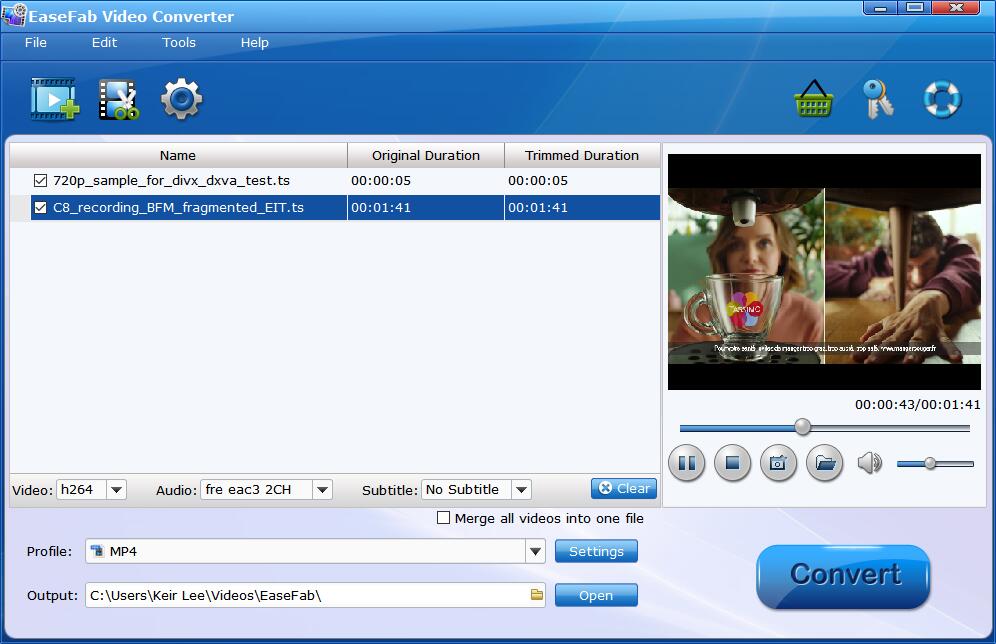
Thus, FFmpeg serves this audience by providing multimedia tools from the command line. Scripting, automation, and other advanced tasks are often easier via CLI. Often, system administration tools are only available via CLI. Power users, system administrators, developers, and others working with complex code generally prefer a CLI. On Windows, MS-DOS and the more modern “Powershell” provide a command-line interface. If you’ve ever used a Unix-based computer such as Linux or macOS, you may have used the “terminal” application. Instead, it’s an application that accepts commands via “command-line interfaces” (CLI), which means that a little bit of technical know-how is required. This program is a command-line utility, which means that FFmpeg isn’t built around a Graphical User Interface (GUI). Developers may also be able to integrate FFmpeg into other projects. It works with audio, images, and video in basically any codec or format used in the past 20 years.įFmpeg is free and open-source, meaning anyone can download the software without any cost. What is FFmpeg? FFmpeg is a streaming software that is designed for converting, recording, splicing, editing, playing, encoding, muxing/demuxing, and streaming multimedia files. What is FFmpeg? FFmpeg is a free, open-source command-line utility with tools for live streaming.


To help lower the learning curve, we’ve put together this guide to break down some of the code and functions available on FFmpeg. This feature-rich tool is primarily designed for advanced broadcasters. You can use FFmpeg to create rtmp streams.
If you are looking for a no-frills, lightweight tool for broadcast live stream production and other video tasks, FFmpeg may be the software for you. Video streaming software typically provides tools for encoding, transcoding, adding on-screen effects, and more. Many professional broadcasters use live streaming software in addition to their online video platforms.


 0 kommentar(er)
0 kommentar(er)
